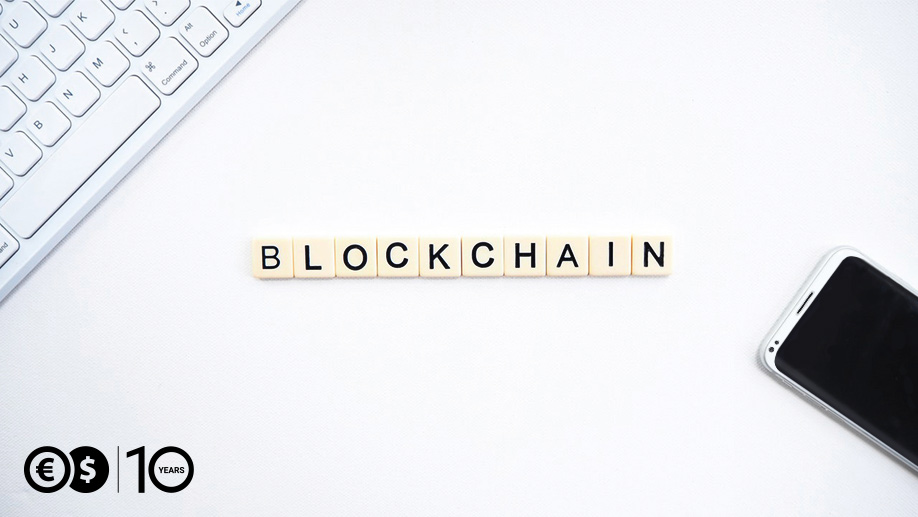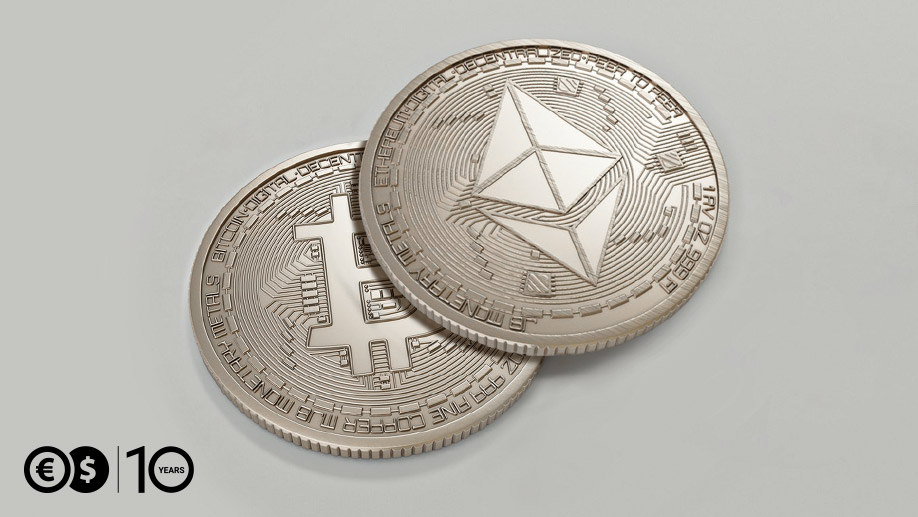A decentralized system, also called a blockchain, for storing and transmitting information about transactions made online is how blockchain technology can be described in a nutshell. However, the technology is much more complicated, and its potentiality is enormous. Here is everything you should know about it.

What is blockchain technology?
Blockchain technology can be simply defined as a ledger for digital transactions. With this solution, it is possible to record and store information about transactions carried out on the internet. This may be a transaction of buying a currency (or cryptocurrency, with which blockchain is currently most often associated), trading, ownership, sale or purchase of generated electricity, shares, equities, etc.
A distinctive feature of blockchain technology is decentralization. No central computer or other core infrastructure is needed for the system to function. All transaction data are stored by individual users among themselves, with no central system involved. The information is kept in consecutive blocks of data.
Each block can contain data for a specified number of transactions. When a block is filled, another one is created that follows it. This produces a kind of chain, which explains the origin of the technology's name.
How does blockchain work?
Blockchain technology is capable of maintaining a collective, decentralized transaction ledger. As we mentioned above, it does not have one central place where data are stored. Blocks of information are scattered throughout the network and archived in exact copies by all participants in this system.
This means that any computer connected to the network can be an active participant, sending and authorizing transactions. There is no one place where they are verified. Moreover, all transactions from the beginning of blockchain are publicly available to all participants within the system.
However, to view detailed data, one must have the appropriate privileges. These, in turn, are granted only to the parties involved in the transaction. The data are protected by complex mathematical operations that are referred to as cryptography. In this way, transactions are secured against unauthorized access, but at the same time, are publicly available to all who have the necessary access rights.
In practice, this means nothing more than the given user only having insight into their transactions. They can view and verify their entire payment history since the beginning of the blockchain.
Is blockchain safe?
Advanced cryptography is used to secure blockchain transactions. To "crack" it, you need computers with enormous computing power. It is estimated that it would be possible if about half of the internet was simultaneously delegated to the same task. Today it seems unrealistic, but the problem of safety may return after the introduction of quantum computers with far greater computing power. However, for the time being, this seems to be a very distant future.
Blockchain technology is also resistant to all attempts of fraud and forgery of transactions. Recording information is irreversible. Once a given transaction is "booked", it will remain in this form forever.
Any attempts to modify it are immediately caught and rejected. When a user decides to alter a historical transaction, the result will be changing all subsequent blocks in the chain. During verification, the system will detect that one copy of the ledger is different from the others and will not include it in the blockchain. Hence, in a blockchain system, the order of the transaction, its values and data are fully secured and not prone to any kind of modification. Therefore, it is one of the safest forms of information storage and authentication.
What is blockchain used for?
Nowadays, blockchain technology is used to support various transactions and store information about them. It has become popular with cryptocurrencies such as Bitcoin and Ethereum and is often identified with them.
Blockchain is used in many industries. Apart from the most obvious one - finance, it can also be applied to the energy sector (e.g. accounting for the purchase or sale of electricity) or even administration. Due to its security and proven reliability, blockchain can be used, for example, for digital signatures in state administration or bookkeeping in banking. All this without the participation of a public trust institution. This is because transactions take place directly between its participants, bypassing the central system of a given institution.
Since blockchain has gained more recognition, many companies and start-ups worldwide are working on new solutions using the technology. Services for peer-to-peer lending and money transfers, i.e. without intermediaries, have emerged, among others. Another exciting idea is a distributed voting system that automatically counts votes and offers an entire history or decentralized marketplaces where transactions are made directly between users.

Blockchain is not Bitcoin
Many people quite rightly identify blockchain technology with Bitcoin, but it is important to keep in mind that the terms do not equate. Bitcoin is a type of virtual currency. Transactions using it are recorded between users in the blockchain system. Therefore, this technology is used to record and verify all Bitcoin transactions. Of course, this is done in a decentralized way between network users.
In the case of Bitcoin and the most popular cryptocurrencies, there is another interesting issue related to blockchain's functionality. The easiest way to illustrate it is to use an example. When a user decides to buy something with Bitcoins, other computers on the network start competing to verify the transaction. The one that does it first will be rewarded. In a nutshell, this is what Bitcoin mining is all about. Users give access to the computing power of their computers, which perform complex mathematical operations, thus verifying subsequent transactions. In return, they receive Bitcoins (or rather a small part of it) as a reward. Over time, the difficulty of mining cryptocurrencies increases because the creator of Bitcoin assumed that the total amount of this virtual currency could not exceed a specific number.
Who created blockchain?
The original concept behind the technology that blockchain is based on was developed and presented back in 1991 by Stuart Haber and W. Scott Stornetta. They described a solution that digitally signed documents with timestamps, making them impossible to modify or forge.
The system proposed by the researchers was based on a cryptographically secured chain of blocks that stored documents with the timestamps mentioned above. However, the technology was ultimately not commercially exploited, and its patent expired in 2004.
In 2008 a technical white paper was published which outlined the general principles of a decentralized peer-to-peer network called Bitcoin. In early 2009, the solution finally took off, and its creator was a man (or group of people) nicknamed Satoshi Nakamoto. This person is considered the inventor of blockchain, although the general premise of the technology had already emerged much earlier.
As a fun fact, it is worth mentioning that to this day, the true identity of Nakamoto has not been revealed. Many clues are pointing to specific individuals, but none have been fully confirmed so far. Speculations often mention cryptography specialists: Hal Finney, Nick Szabo, Dorian Nakamoto, or Craig Wright.



